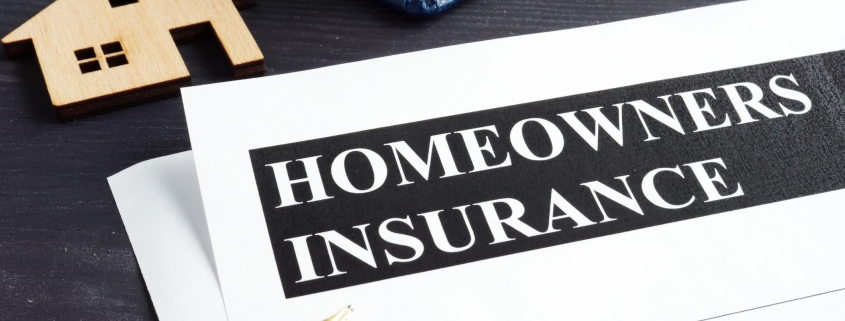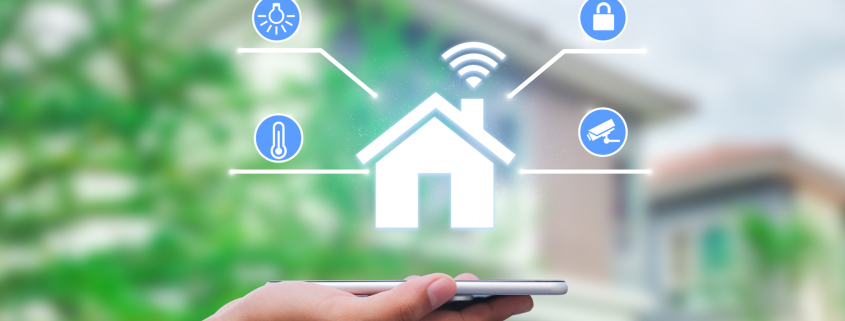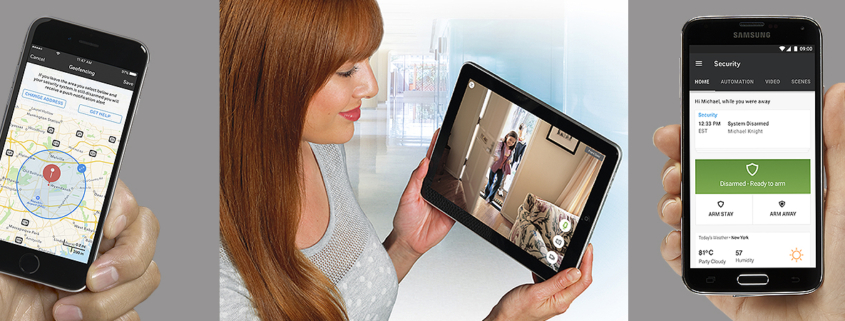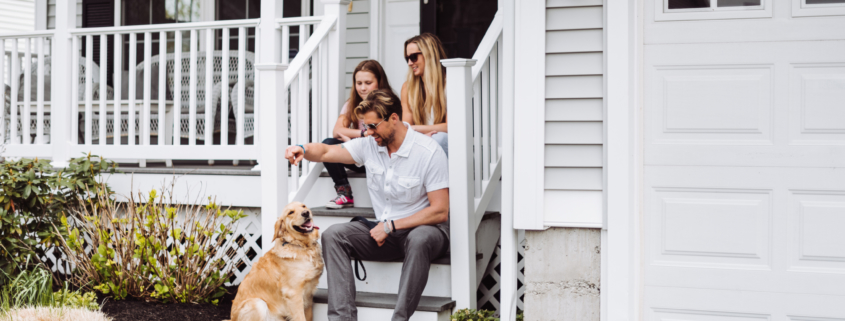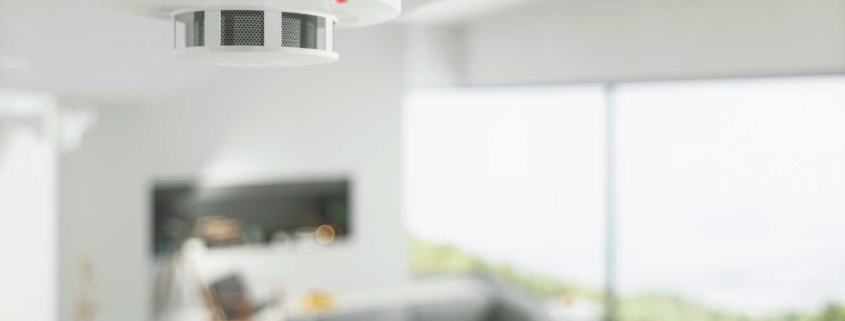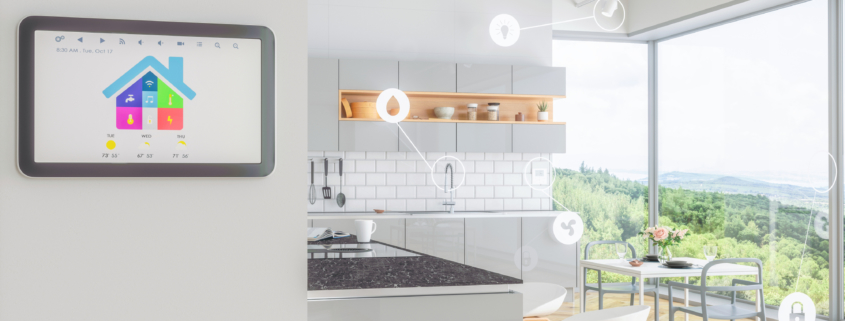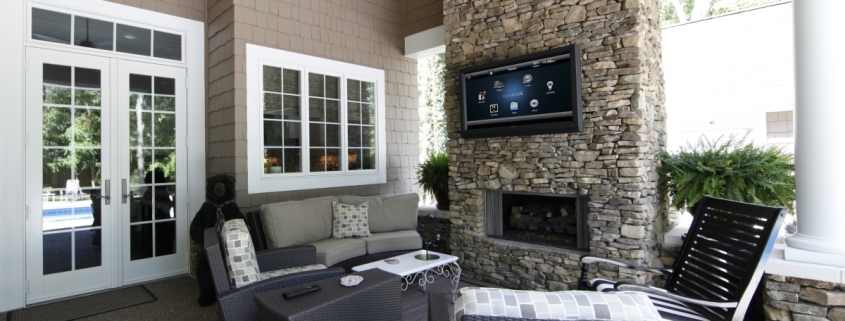Insurance companies are giving huge savings to home owners who have monitored alarm systems installed in their home.
Homeowner insurance discounts: Insurance companies are rewarding their clients for protecting their homes. Savings for the home owner start at about 5% for homes which have smoke alarm, basic security system or deadbolts. Monitored alarm systems can bring in a discount of up to a 20% . A monitored alarm systems contacts the appropriate authorities or Central Monitoring Station when an event triggers the alarm. The total savings can offset the price of the system, while offering a safer home to live in.
Big Savings! The average premium discount for a home equipped with a monitored alarm system is 20%.
Insurance companies are now offering such huge discounts for customers who have a monitored alarm system installed because modern systems are more reliable. The newer systems reduce claims. They are also capable of handling multiple safety concerns throughout a home. Most systems can offer the home owner these additional features installed right into their security system. Such as; smoke, fire and flood alarms.
Investing in a monitored home security system can offer you the peace of mind your family deserves, as well as, save you money on your homeowners’ insurance.
In a study, conducted by Simon Hakin at Temple University, it was found that an alarmed single family home is 60% less likely to be broken in to. The study compared homes with alarms to a similar home without an alarm. Another study, conducted by Rutgers University, shows that advances in security technology makes systems more affordable, versatile and dependable than ever before. These technical innovations have increased the availability of home security systems to middle class homeowners and have reduced crime.

